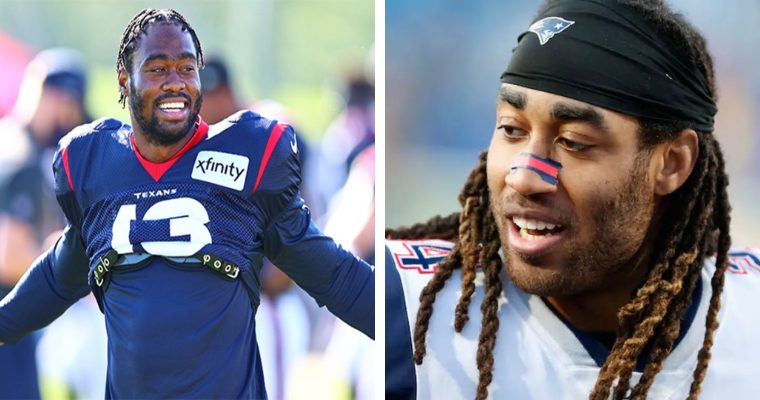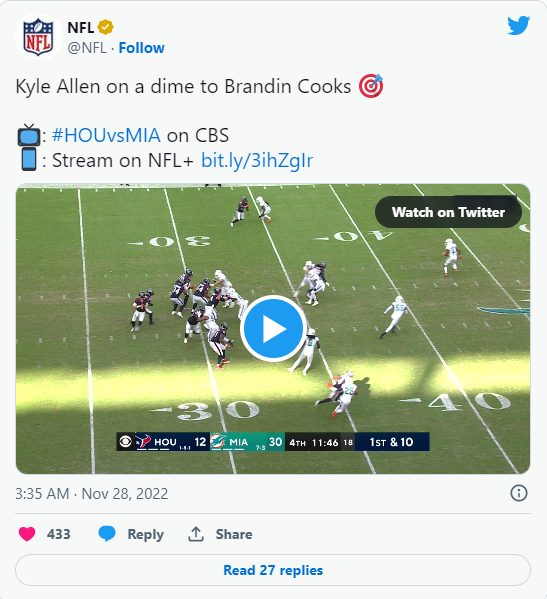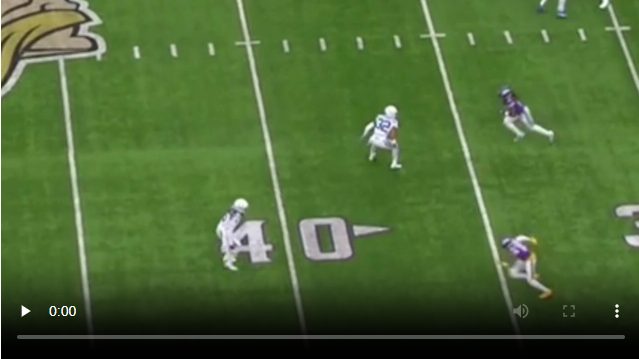The Cowboys have been one of the best drafting teams in the league, selecting stars such as CeeDee Lamb, Dak Prescott, Micah Parsons, Trevon Diggs and others. However, their success in April has not led to success in the postseason. Part of this is because their roster management and conservatism in acquiring players outside of the draft have created flaws that have proven too difficult to overcome — something the Cowboys hope they’ll avoid this season after a couple of uncharacteristic trades landed them cornerback Stephon Gilmore and receiver Brandin Cooks.

Cooks addresses a need that cropped up last year, when the Cowboys traded away Amari Cooper for a fifth-round draft pick and failed to address the No. 2 receiver position. Dallas depended on veterans James Washington, Noah Brown and Michael Gallup and third-round rookie Jalen Tolbert to replace Cooper, who had 3,029 yards and 27 touchdowns in his 56 games as a Cowboy. Washington was injured in the preseason, Gallup didn’t look like himself coming off an ACL injury from the previous season, and Tolbert didn’t develop as quickly as the team hoped. Throwing to Brown and Gallup proved inefficient — the two only caught a combined 55 percent of their targets. In comparison, Lamb caught 68 percent of his targets last season, and Cooper’s catch rate was the same during his time in Dallas.
When Lamb got extra attention from the defense, the Cowboys’ lack of a dependable No. 2 receiver hurt them. Now Cooks, whom Dallas acquired for a 2023 fifth-round pick and a 2024 sixth-round pick, gives the offense exactly what it needs: a field-stretcher. In the Cowboys’ worst offensive performances, such as against the Commanders in Week 18 and the 49ers in the divisional round, defenses could sit on routes and compress the field.
According to Next Gen Stats, Prescott threw into tight windows at the fourth-highest rate out of 40 qualified quarterbacks, and his backup, Cooper Rush, ranked just above him. Prescott also ranked 22nd in average air yards per attempt (6.7), meaning he was often throwing short. This is not the world a quarterback wants to live in. Theoretically, Cooks will give Prescott more opportunities to throw the ball further downfield and take the top off the defense, creating space for teammates underneath.

Cooks has always been a deep threat and elite separator. Even at 29 years old last season, he ranked 13th out of 159 qualifying receivers in separation score against man coverage and 23rd out of 134 qualifying receivers in linear speed, according to Telemetry Sports via Next Gen Stats microchip data. Now he’ll be going from catching passes from Prescott instead of Davis Mills and enjoying more favorable matchups as defenses focus on Lamb. Cooks’ best season was in 2018 when he played with another elite slot, Cooper Kupp. Cooks’ ability to get vertical will be invaluable, but he’s also a sharp route runner and will efficiently catch passes on routes like curls and comebacks when defensive backs start turning their hips.
How Gilmore fits
The Cowboys’ pass defense played at elite levels at times, but it was mainly due to their pass rush. Teams didn’t want to target Diggs and frequently targeted the opposite corner. Anthony Brown was the starter until he tore his Achilles in Week 13. Nahshon Wright took over for the rest of the season starting in Week 15. Digging into the numbers, Brown and Wright weren’t as bad as I initially thought when watching the Cowboys this season. In 12 games, Brown was targeted 87 times and gave up 46 catches (52.9 percent), 589 yards and four touchdowns. In four games, Wright was targeted 28 times and gave up 17 catches (60.7 percent), 242 yards and no touchdowns.
Again, they weren’t bad, but after trading for Stephon Gilmore from the Colts for a 2023 fifth round-pick, the Cowboys have two No. 1 corners. Teams can no longer just avoid throwing toward Diggs. Gilmore will be 33 in September, but his game was never built on pure athleticism. He wins because of his elite processing and football IQ, so he can hold his own against No. 1 receivers.
One of Gilmore’s most impressive games last season came against the Vikings. He shadowed Justin Jefferson, arguably the best receiver in the NFL, mostly one-on-one and only gave up 57 yards and a touchdown. He had two pass breakups, too. Most corners would give up a lot more than that in the same situation.

In this rep against Jefferson, Gilmore was in off-man coverage, where he thrives. Part of what makes Jefferson special is his ability to suddenly stop without giving away his intentions. Here, Gilmore stays step-for-step on Jefferson’s break and gets his eyes to the quarterback just in time to make a play on the ball. He also continues to fight and breaks up Jefferson’s attempt to catch the tipped pass.
Gilmore has the size to match up with tight ends, which will come in handy in the Cowboys’ man-heavy scheme, especially considering Darren Waller and Dallas Goedert are in Dallas’ division. Cowboys defensive coordinator Dan Quinn also likes to disguise, and having a corner who understands what quarterbacks want to see and how they process the defensive picture will make the Cowboys’ defense harder to figure out. The cornerback group of Diggs, Gilmore and nickel DaRon Bland, who had a stand-out rookie season in 2022, will be one of the league’s best. Add in the Cowboys’ ability to rush the passer, and life on opposing quarterbacks should be tough.
Defensively, the Cowboys still have to improve against the run after giving up too many explosive plays on the ground last season. And offensively, they have to protect the quarterback better. But two major areas of concern turned into strengths with these two trades, giving the Cowboys the freedom to address lesser needs through the draft. These moves show self-awareness, and Dallas got good value in both deals.
Most importantly, the trades signal to the rest of the league the Cowboys are serious about contending for a Super Bowl this season. There’s still work to be done, but these moves give Dallas a strong foundation.








